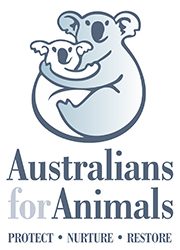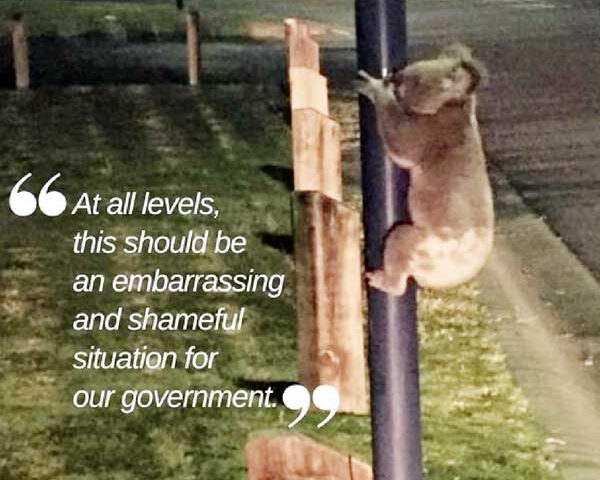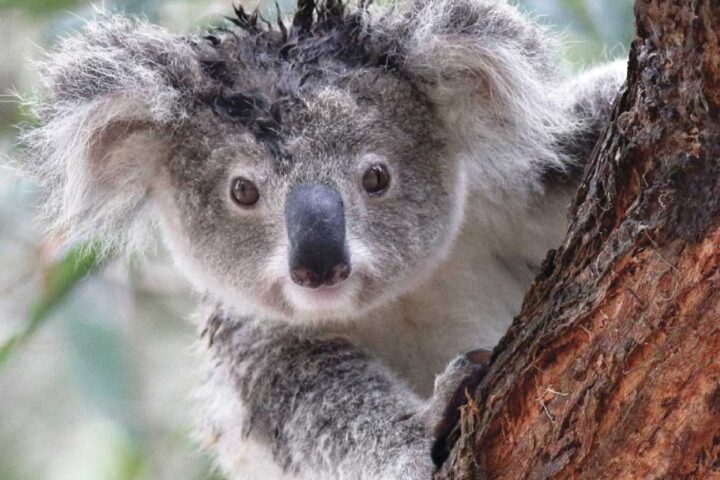Calls to save world’s largest green sea turtle rookery
Queensland’s Department of Environment is calling for urgent action to save the world’s largest green sea turtle rookery at Raine Island off the tip of Cape York. It says there’s been a dramatic decline in nesting success rates in recent years and is working with traditional owners to prevent a catastrophic crash in turtle numbers.
Source: AM | Duration: 3min 16sec
TONY EASTLEY: Most people have never heard of it, but off the tip of Cape York lies the world’s largest green turtle rookery.
Until recently more than 100,000 turtles came to Raine Island each nesting season to lay their eggs.
In the past few years however that number has plunged to around 20,000 and only a small proportion of the eggs are producing hatchlings.
Sharnie Kim reports from Far North Queensland.
(Sound of waves)
SHARNIE KIM: Raine Island is the birthplace of nearly all the green turtles in the northern Great Barrier Reef and beyond to Papua New Guinea and the Pacific Islands.
But the tiny coral cay off the tip of Cape York is under threat.
Wolf Sievers is the director of threatened species at Queensland’s Department of Environment.
WOLF SIEVERS: Ten years ago, in the nesting season we would have up to 100,000 females and a hatchling success rate of something like 90 per cent I suppose. And over the last two or three years the numbers of females that have been there to nest, like last year I think it was down to about 22,000. And we’re also having issues with the actual hatchling success.
SHARNIE KIM: Last year just 15 per cent of the eggs produced hatchlings. Mr Sievers says there’s been a dramatic reduction in viable nesting areas and a natural shift in the island’s sand is probably to blame.
WOLF SIEVERS: There needs to be a certain depth of sand so the eggs can get laid. We’re finding that the water table is coming up through the sand which indicates that we’re losing sand or it’s shifted or whatever and a lot of the eggs are flooding.
SHARNIE KIM: He’s also concerned up to 2,000 adult turtles are dying each season due to exhaustion, falling off ledges and getting stuck in crevices.
WOLF SIEVERS: Intervention’s probably something that we have to do because of the significance as a rookery in an international sense. There aren’t a lot of other sites. The impacts of sort of the modern world on other sites means that it is very important that we try and maintain the viability and profile of Raine Island.
SHARNIE KIM: The department wants to install more fencing and monitoring equipment and it’s looking at an expensive proposal to ship sand to the remote island to triple the amount of viable nesting space.
WOLF SIEVERS: And I’m not sure exactly the mechanics of that but that’s the idea, to put it up and rebuild some of profile. And we’re also going to look at reshaping the sand that’s already there. Like getting some machinery on the island and just moving sand around from areas that aren’t used for nesting to areas that are. It may work but we’ve got to get in and do a bit of trialling to see whether it does.
SHARNIE KIM: It’s turning to philanthropic and corporate investors to raise $5 million for the project.
The Department has also secured the support of traditional owners from Cape York and the Torres Strait, for whom the island and its turtles are of great cultural and spiritual significance.
Meriam elder Douglas Passi:
DOUGLAS PASSI: When last year we visit Raine Island and sad to see turtles turned over on the rocks. When we go back and we talk to the community and they were really upset because turtle is our totem and they can’t go to another cay.
SHARNIE KIM: Horace Nona from the Balkanu Cape York Development Corporation says traditional owners are getting more involved in helping to conserve the island.
HORACE NONA: And this is why we’re coming together to look at different options – putting enclosures, protecting nesting sites and working with science, so that the turtle is there for our kids and their kids.
TONY EASTLEY: Horace Nona from the Balkanu Cape York Development Corporation ending that report from Sharnie Kim.



